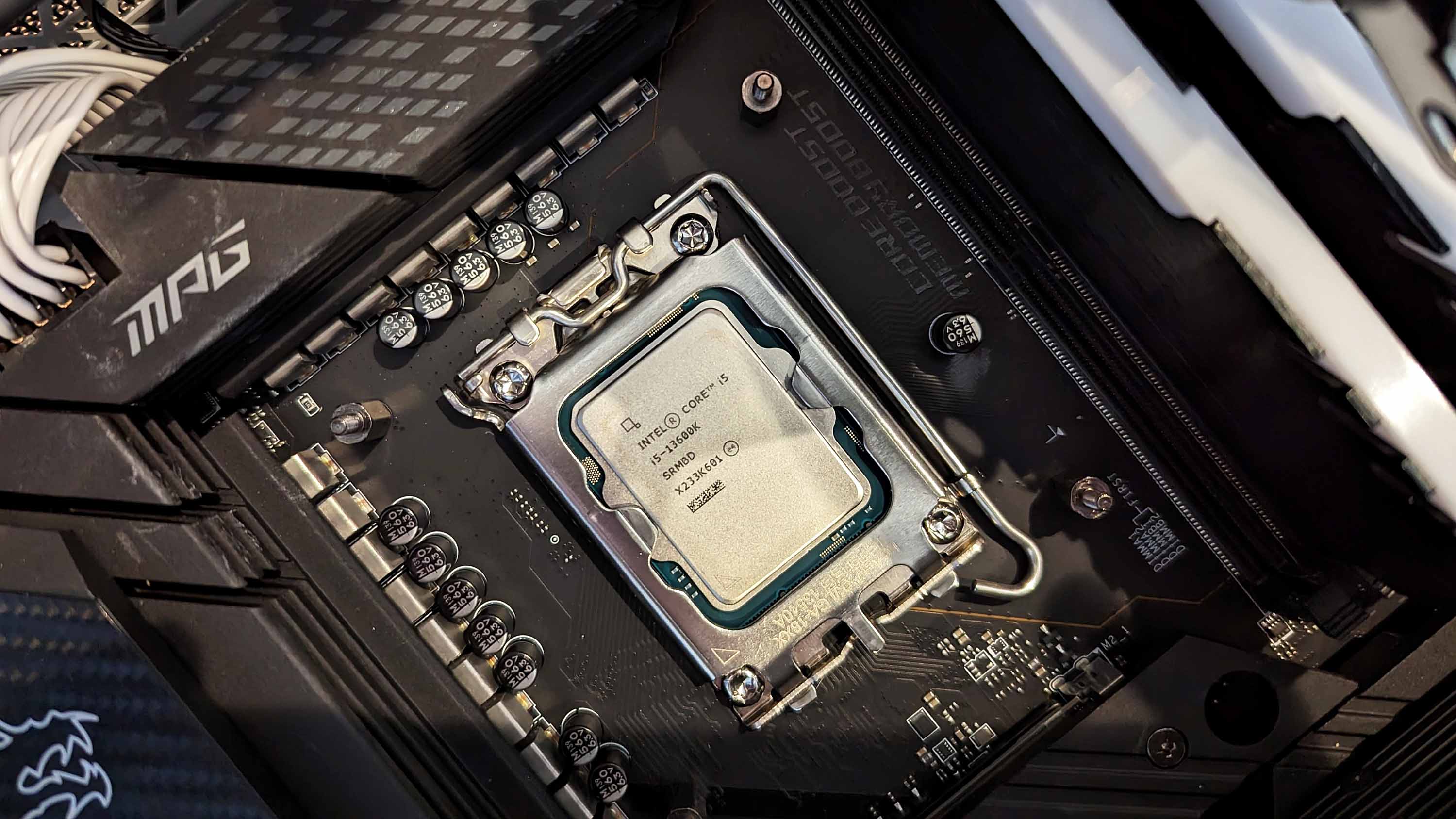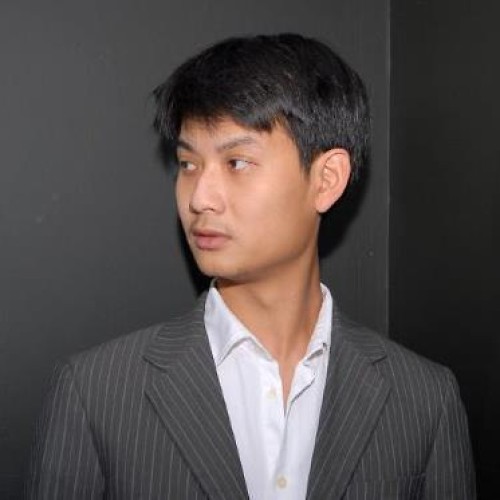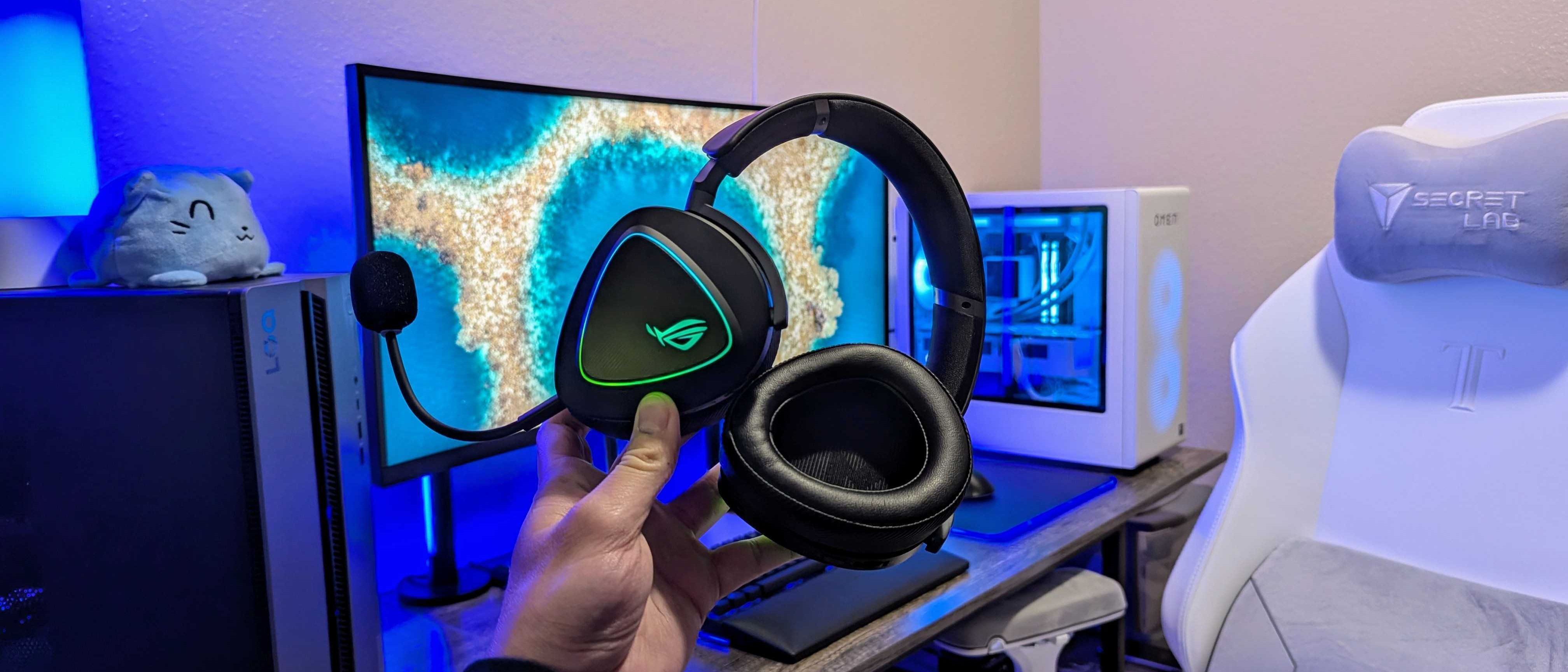Intel's goal is to leapfrog Samsung to become world's second largest fab
Intel inside. And everywhere by 2030

What you need to know
- Intel is making big investments into its new chip fabrication business called Intel Foundry Services.
- The company's goal with IFS is to be the world's second largest foundry by revenue, only trailing market leader TSMC.
- At the second top spot, IFS would leapfrog Samsung, which currently holds the number two title.
- After the acquisition of Tower Semiconductor closes in early 2023, Intel will jump to the number seven or eight spot in the list of top fabs.
- Intel is courting new customers to its business with a very advanced technology roadmap. While rival fabs will ready 2nm chips in 2025, IFS hopes to have 0.18nm silicon ready that same year.
Intel has set an ambitious and lofty goal for itself. By 2030, the chip-maker aims to leapfrog rival Samsung in the foundry business to claim the number two spot, winning valuable market share as it builds and manufactures chips for its own use and for others. If Intel achieves this goal, it will trail TSMC, which claims the top spot by revenue.
Intel's foundry vision began in 2021 under current CEO Pat Gelsinger with the establishment of Intel Foundry Service. This business would be new to the semiconductor giant, as it has not been a major player in the foundry space and instead has historically just designed its own x86 processors.
The company announced am ambitious plan to spend $20 billion to expand its foundry business in Arizona and more than $70 billion in its foundry facilities globally to regain manufacturing leadership after the company struggled to launch its 10nm and 7nm processes on time.
Now that it has a vision, Intel wants to be the number two player in the foundry space.
"Our ambition is to be the No. 2 foundry in the world by the end of the decade, and [we] expect to generate leading foundry margins," sealed president of Intel Foundry Services Randhir Thakur in an interview with Nikkei Asia.
In addition to investing heavily in its chip-making facilities in the U.S. in states like Arizona, Ohio, and New Mexico, Intel also recently announced it will acquire Tower Semiconductor, an Israeli foundry, in February. Globally, Intel will be investing in fab facilities in Ireland and Germany while maintaining Tower's facility in Japan.
Despite the cost of operating fabrication facilities in the U.S. and Europe, Intel could benefit as geopolitical tensions rise. These facilities will be costlier than those in Asia operated by rivals TSMC and Samsung, but Intel Foundry Services can benefit with better logistics with U.S.-based customers. Manufacturing disruption during the global pandemic became a big problem for technology companies with shut downs, travel restrictions, and shipping delays.
Get the Windows Central Newsletter
All the latest news, reviews, and guides for Windows and Xbox diehards.
"As we have engaged with foundry customers since launching IFS, it has become abundantly clear that many of these companies see the need for a more resilient and geographically balanced semiconductor supply chain," Thakur added in his Nikkei Asia interview.
But it will be a tough road for Intel to break into the number two spot in a sector that's been dominated by Asian rivals. According to TrendForce's market analysis, Intel didn't even factor into the top ten global foundries by revenue. Leading the pack is TSMC, which claimed nearly 54% of the market in the first quarter of 2022, followed by Samsung with 16%. In third place is UMC with nearly 7% and FlobalFoundries placed fourth with close to 6% of the market. Tower Semiconductor, Intel's recent acquisition, rounded out the top ten list with 1.3% market share. Once the Tower deal closes early next year, Intel's combined foundry business will jump to the number 7 or 8 spot on the list.
In fact, for Intel to reach this goal for second spot, it will also have to compete with two of its suppliers, TSMC and Samsung Electronics. In addition to creating and manufacturing its own chips, Intel also relies on other foundries to help it manufacture some of its silicon.
But pivoting to manufacturing could help Intel strategically as it battles slowing sales for its high-end PC silicon and geopolitical uncertainty with a technology trade war waged between the United States and China. The company has been aggressive in securing new customers, with Intel signing on Qualcomm, MediaTek, and Amazon's AWS as new clients.
Part of Intel's success in courting new clients to its foundry business has to do with the company's aggressive technology roadmap, according to our sister site Tom's Hardware. While Samsung and TSMC will be ready for the 2nm manufacturing process by 2025, Intel is moving to a new 18 angstrom process, or 0.18nm, in the same year. Intel's advanced technology is just less than one-tenth the size of nodes used by its rivals, and could deliver on better performance, power efficiency, and battery life on mobile products.
But its rivals aren't sitting still. Tom's Hardware reported that while Intel had cut its capital expenditure spending this year from $27 billion to $25 billion, Samsung is increasing its spend. The company will invest more than $33 billion for more production capacity, but it's still unclear how Samsung will divide its expenses between processor spend and those for its memory business.
While Intel was able to win over some business to IFS, it will be harder for Intel to win over bigger names, like Nvidia. Many of the bigger companies may be tied to multi-year agreements with existing foundry partners and won't be able to make any immediate changes to fabrication contracts.
Just to show how aggressive Intel is in winning new customers, in a surprise twist, after former partner Apple parted ways with using Intel Core processors in favor of its own M-series Arm CPUs, Intel made public overtures to court the Mac-maker to its new foundry business. It's unclear what, if any, progress has been made between the two former partners on the foundry front.
Analysts at CCS Insight and Bain & Co. claim that Intel's strategy to invest in the fabrication business under Gelsinger is sensible.
"For an IDM [integrated device manufacturer] like Intel to really survive, there are only a couple of things that they can do. They can either grow and get scale, or they specialize," said Wayne Lam, senior director of research at CCS Insight, an industry analysis company, in an interview with Nike Asia.
And as more PC manufacturers begin to invest resources in Arm-based processors, expanding from semiconductors to fabrication could help Intel mitigate some of the risks from its x86 chips. Apple made big headlines with its transition from Intel's chips to its custom Arm processors, and Microsoft is partnering with Qualcomm for its custom Arm processors on a variant of the Surface Pro 9 that uses Windows on Arm. New competition will put more pressure on Intel, and diversifying its business into fabrication will help reduce Intel's risks.
Chuong's passion for gadgets began with the humble PDA. Since then, he has covered a range of consumer and enterprise devices, raning from smartphones to tablets, laptops to desktops and everything in between for publications like Pocketnow, Digital Trends, Wareable, Paste Magazine, and TechRadar in the past before joining the awesome team at Windows Central. Based in the San Francisco Bay Area, when not working, he likes exploring the diverse and eclectic food scene, taking short jaunts to wine country, soaking in the sun along California's coast, consuming news, and finding new hiking trails.

